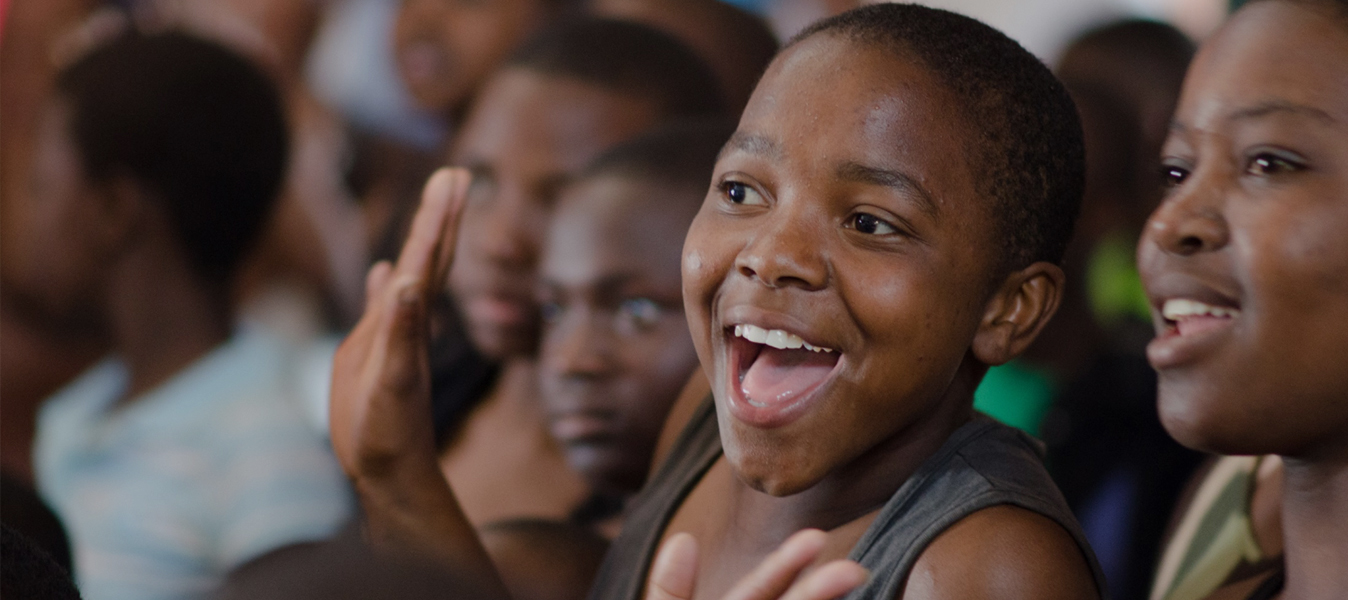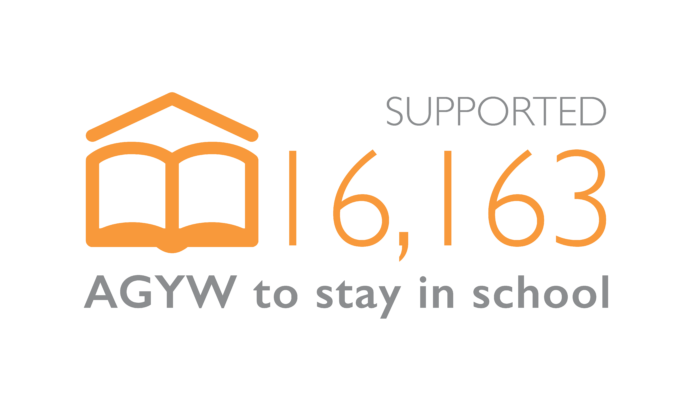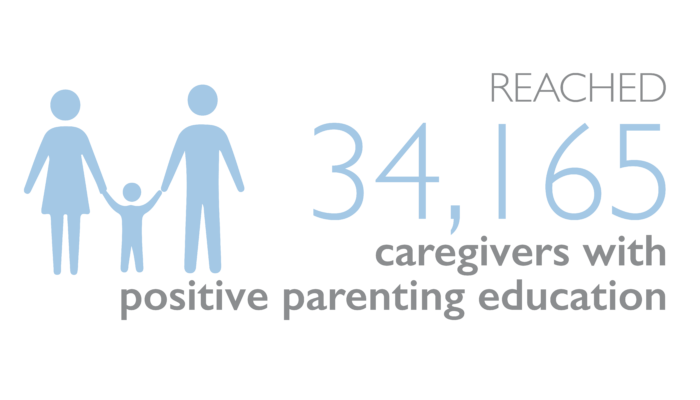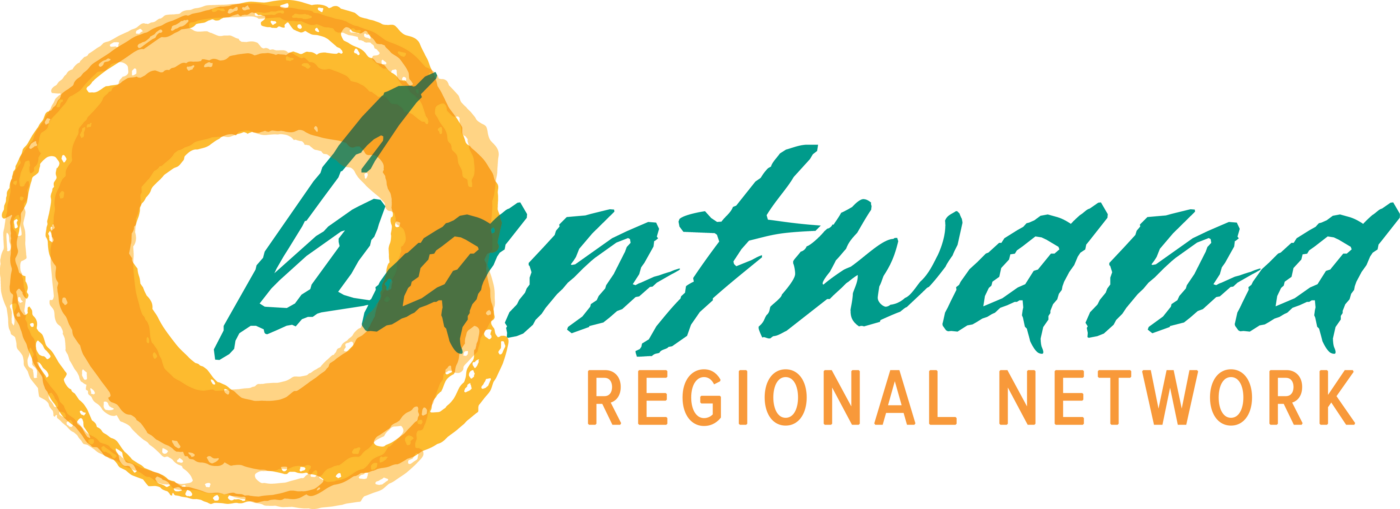
Bantwana’s Year in Review – 2018
In 2018, we coordinated services for over 300,000 children and their families through 21 programs in Eswatini, Malawi, Mozambique, Uganda, Tanzania, and Zimbabwe.
- We expanded our comprehensive programming to Malawi. Through the Essential Gender-Based Violence Services and Prevention project, we are working with schools and communities to strengthen prevention and response measures to school violence, early marriage, and school drop out.
- In November, we celebrated the completion of the Vana Bantwana program in Zimbabwe, which successfully reached over 600,000 orphans and vulnerable children (OVC) over 6 years with comprehensive, layered services that mitigated the impact of HIV and increased resilience. We delivered an integrated approach that strengthened community, district, and national systems in the areas of health, education, child protection, economic strengthening, gender-based violence, and youth and livelihoods.
- We are leveraging technology to reach vulnerable youth and their families. In Uganda, a Closed User Group in-service phone network improves response and service delivery around critical child protection issues. In Eswatini, a mobile-based technology program builds digital literacy while delivering life skills and protective assets curricula to empower girls to navigate challenging gender norms and link them to resources.
Our programs reached over 66,955 adolescent girls and young women.
Our evidence-based programs provided access to services to prevent and mitigate the impact of HIV infection among adolescents, including sexual and reproductive health services including HIV-testing and ART adherence, gender-based violence prevention and response, life skills and HIV prevention education, access to HIV-testing, and age-appropriate parenting skills to enhance parent-child relationships, and communication and curb infant stunting across the first 1,000 days of life.

We reached 38,599 adolescent girls and young women with sexual and reproductive health programming. We have integrated HIV and GBV prevention scenarios into the curriculum to facilitate discussion around sensitive topics of sexual abuse, gender-based violence and HIV prevention for adolescent girls and boys using vignettes and role plays.

We supported 16,163 adolescent girls and young women to stay in school. Our programs improve enrollment and retention in formal secondary school and alternative education pathways for adolescents who have left school. We established Early Warning Systems in schools and communities in Eswatini and Zimbabwe to prevent school drop-out.

We trained over 47,600 adolescent girls and young women to build their protective and social assets through mentoring programs, and youth clubs. We also provided entrepreneurship, vocational skills, and work readiness training, and supported savings and lending clubs to help develop financial literacy and employment preparation for young men and women.

We provided 7,851 teen mothers with early childhood development training. In Zimbabwe, Eswatini, and Tanzania, our out-of-school study group model provided alternative education and layered services including early childhood education stimulation training to adolescent mothers. We provide early childhood strengthening and parenting sessions at continuing education centers for teen mothers and their babies.

We reached over 34,165 caregivers of adolescents with positive parenting education. In Uganda, we reached over 19,000 families with parenting training to improve functional competencies of caregivers, reduce the risk of violence against children, and improve child wellbeing.
As we move forward into 2019, we will continue developing innovative approaches in partnership with beneficiaries, communities, and government, developing capacity and strengthening systems to improve the wellbeing of vulnerable children and their caregivers and families affected by HIV and AIDS and poverty.
